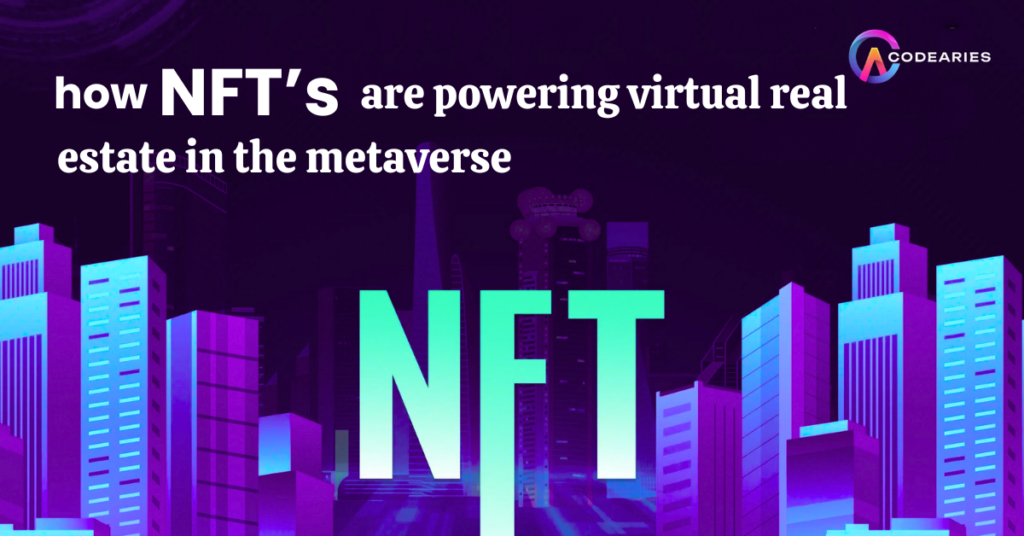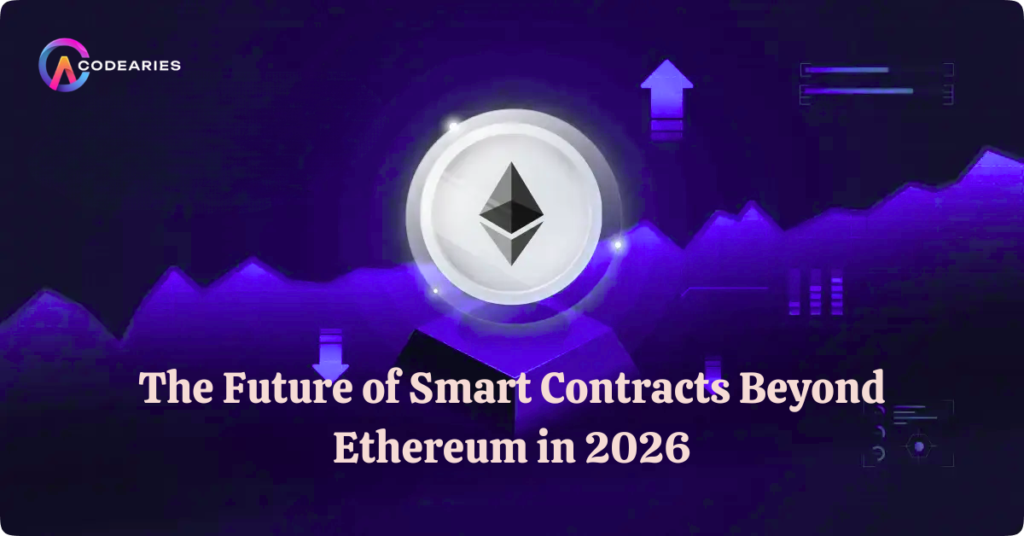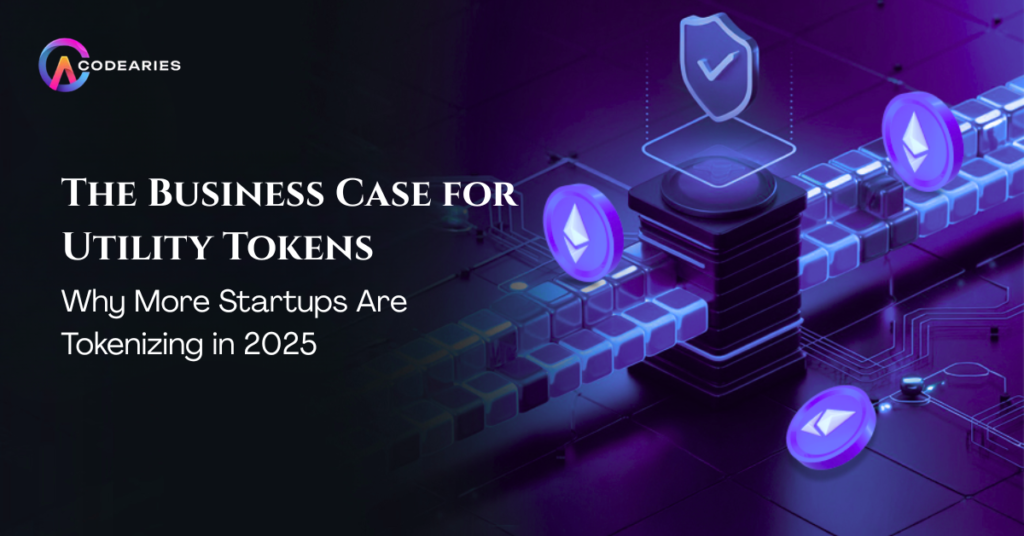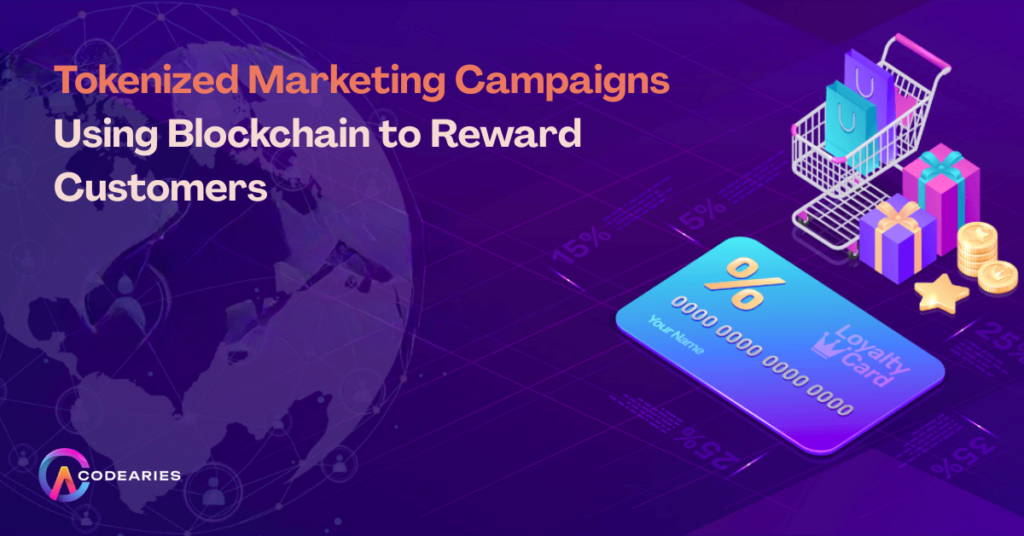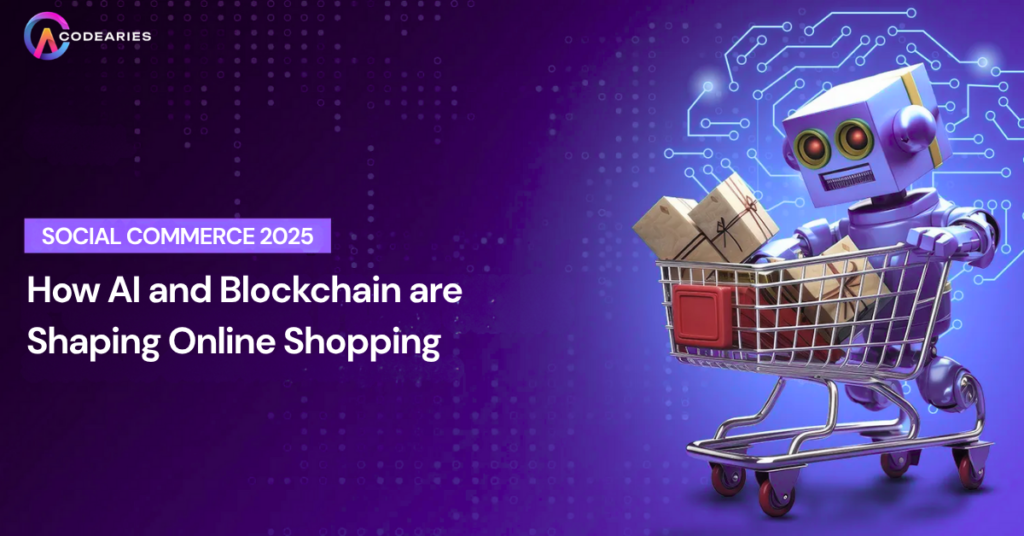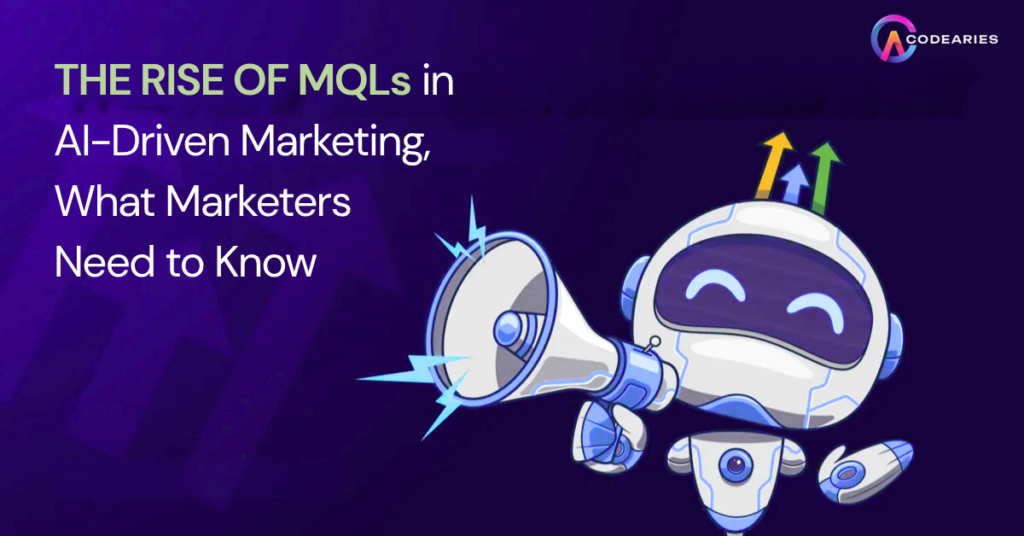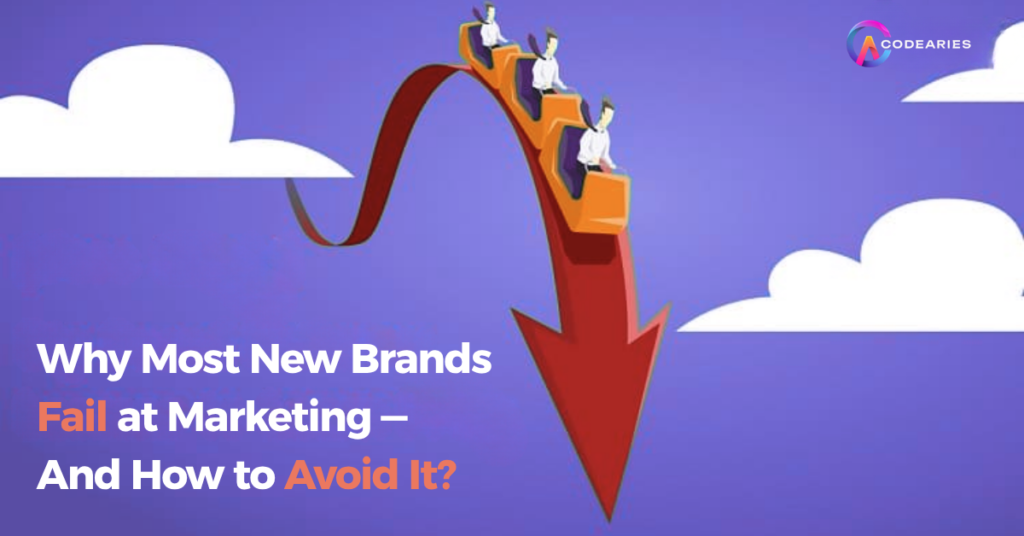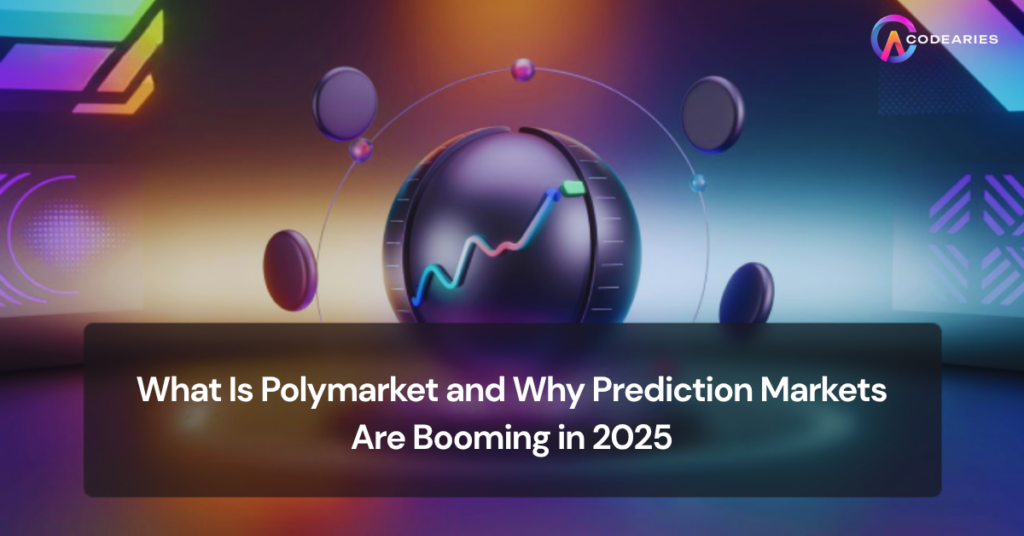How NFTs Are Powering Virtual Real Estate in the Metaverse
The metaverse has become a changing digital space where ownership, creativity, and community come together. At the center of this new environment is virtual real estate, interactive pieces of digital land that individuals, brands, and communities buy, build, and monetize. In 2026, non fungible tokens (NFTs) are the backbone that gives these digital lands true scarcity, security, and tradable value. As more of our lives and business move online, NFTs are not just reshaping land ownership and exchange, they are changing what it means to build wealth and identity in the virtual world. Understanding NFTs and Virtual Real Estate NFTs are unique digital tokens built on blockchain technology that represent ownership of a single item or asset. Unlike cryptocurrencies, which are interchangeable, NFTs are one of a kind and indivisible. In metaverse platforms such as Decentraland, The Sandbox, Otherside, and Spatial, each land parcel, storefront, or custom world is minted as an NFT. These tokens provide verifiable digital ownership visible to everyone and are protected against forgery or theft. Beyond simple proof of ownership NFTs empower buyers to Why Virtual Real Estate Is Booming in the Metaverse Demand for metaverse land is exploding for several reasons In 2025 and beyond, major brands, celebrities, and artists will launch metaverse stores, host concerts, and build gated communities that will only be accessible to NFT landowners. These projects generate headlines and offer users social status, exclusive access, and new forms of passive income. Key Features Making NFTs Essential for Virtual Real Estate Real World Examples and Use Cases Business and Economic Impacts NFT powered virtual real estate is creating an entire digital economy. Secondary marketplaces for virtual land have daily trading volumes in the millions. Landowners lease spaces to creators and advertisers, host paid events, or open immersive shopping experiences with NFT gated digital goods. Developers offer land development and creative services. Even digital architects and interior designers are in demand. The result is an ecosystem that mirrors the real world but operates with borderless speed and endless creative freedom. Challenges and Criticisms Despite these challenges, the wave of innovation is unlikely to slow as new standards, user experience improvements, and wider cultural adoption take hold. How Codearies Helps You Succeed in NFT Powered Virtual Real Estate At Codearies, we provide the expertise, creativity, and technology foundation to help brands, creators, investors, and communities unlock the value of NFTs in virtual real estate. Here is how we help With Codearies, your virtual property journey from idea to marketplace to a vibrant digital destination is safe, creative, and ready for the future. Frequently Asked Questions Q1 Can anyone buy and sell virtual real estate NFTs? Yes. Anyone with a compatible wallet and some cryptocurrency can take part in NFT based metaverse land markets with global access. Q2 Which platforms are most popular for NFT real estate? Decentraland, The Sandbox, Otherside, Spatial, and Voxels are among the largest, but the market is expanding with new worlds focused on gaming, lifestyle, business, and art. Q3 How can I monetize my metaverse land? You can host events, lease property, create branded experiences, or build digital storefronts to earn money through ticket sales, advertising, or user engagement. Q4 Is it safe to invest in virtual property NFTs? The technology is secure, but values can be volatile, and the reputation of the platform is important. Always do your research, seek expert advice, and never invest more than you can afford to lose. Q5 Does Codearies help with design and creative development? Absolutely. Our team can conceptualize, design, script, and deploy custom virtual buildings, art, avatars, and social experiences for your virtual land. For business inquiries or further information, please contact us at contact@codearies.com info@codearies.com

